
How To Make : "Gur" Cake
Written by Liz Maguire on Sep 01, 2020 | 0 Comments
Recently we shared over on our Facebook and Instagram a delicious looking photo of a uniquely Irish treat: "Gur" Cake!
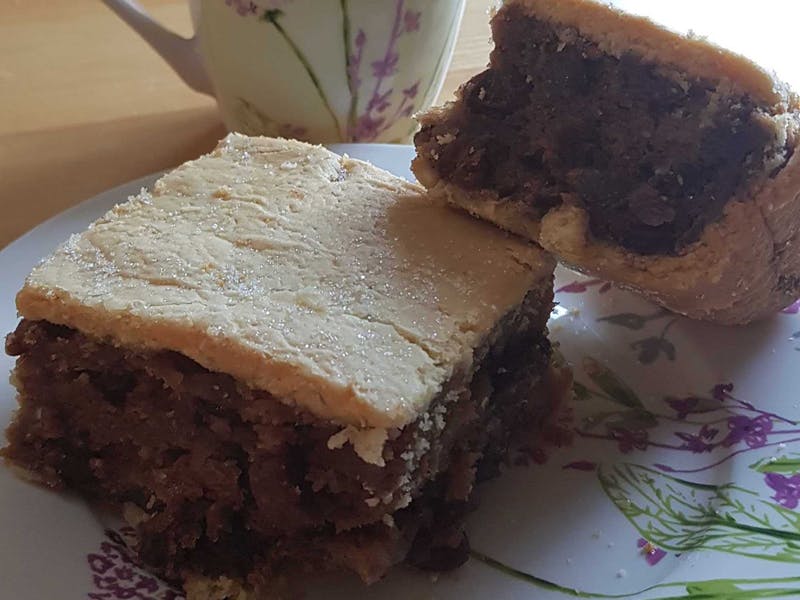
My Irish Jeweler Superstar Gemma shared this photo her mother's homemade Gur Cake.
Now, many may be familiar with Irish staples like Soda Bread, but are you familiar with Gur Cake? Read on for a brief history of this Dublin treat, how it got its unusual name, and how you can make your very own Gur Cake for a taste of Ireland wherever you are in the world. We'd love to know if you attempt it! Let us know via email or by tagging us on social media to share your success!
What is Gur Cake?
Gur Cake is a popular dessert from Dublin, Ireland. Dating back to the early 19th Century, bakers would turn their leftover bread into the filling of what is known as Gur Cake. The sweet fruit and bread filling is baked between two layers of pastry for a fortifying Dublin staple.
Gemma from the My Irish Jeweler team shared her family story of Gur Cake: "It's a recipe that's been passed down from my great grandmother and my Nana used to make it all the time." Gemma tells us that "Gur cake is an Irish or mostly Dublin cake, tho it goes by other names in different counties."
What's in a Name?
The unique name “Gur Cake” is thought to have originated from gurriers, or children who skipped school! Known as “on the gur” to the fine folk of Dublin city, this sweet cake got its name from its affordable ingredients -- bread and fruit -- making it something attractive to a child with very little pocket money. To many who grew up in Dublin, Gur Cake would be a recognizable part of their childhood.
In other areas of the country, such as Cork, Gur Cake can be called “Gudge” or “Donkey’s Gudge”. In the U.K. it is closely related to the somewhat unappealingly called “Flies Graveyard” cake.
How Can I Make Gur Cake?
To make your own Gur Cake at home is simple! You’ll need bread crumbs, pastry, cinnamon, raisins and other dried fruits etc.
We recommend this great recipe from SuperValu for getting started. Soak your bread in tea for upwards of a half hour. Mix the bread, flour, baking powder, mixed spices, sugar, butter, fruit, beaten egg, and milk in a bowl. After you’ve lined the bottom of your baking tin with pastry, spoon in your filling and place another sheet of pastry on top. Make a few scores with the knife and pop that into the oven for 1 hour at 180 (375 for North Americans). Sprinkle with castor sugar, cool and cut to serve!
Get In Touch
Have a question or something you're not entirely sure about when browsing our pieces? Please reach out. You can send us a note or give us a call—the Dublin workshop is here to make sure that you have a perfect experience from start to finish with My Irish Jeweler.
Follow us on Facebook and Instagram, to see what's new and upcoming. Join our Email list for early offers and special features.

Liz Maguire
My Irish Jeweler
I was born and raised in Philadelphia, Pennsylvania. Thanks to my Irish born father I was lucky enough to regularly visit Ireland -- and receive visitors from Ireland often, to my childhood home. This blending of cultures triggered my interest in Irish art and culture. My love for jewelry was nurtured by my American mom who is an artisan jeweler and dealer. I grew up loving Ireland and jewelry!
Now I happily reside in Dublin, having read Irish Literature and History at Trinity College Dublin. Having a passion for Irish literature, I am particularly interested in the work of poet W.B. Yeats. With the Celtic Revival in the 20th century, Yeats and his contemporaries did much for Irish arts and history. Many of our beautiful pieces at My Irish Jeweler are inspired by the myths and legends, as well as artwork, which gained permanence in Irish heritage as a result of the Celtic Revival.
I look forward to sharing the history and stories which influence the inspiration for our pieces with the My Irish Jeweler readers.
Comments



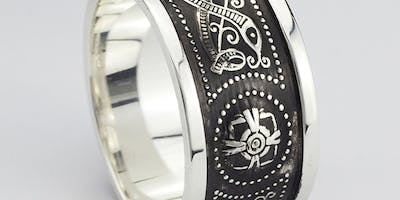

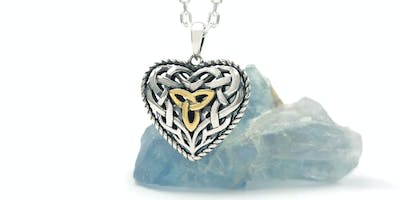
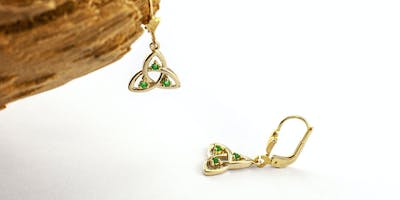

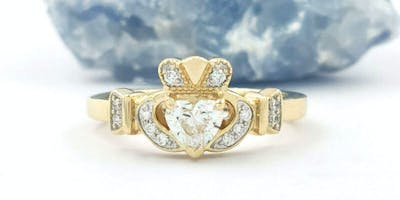
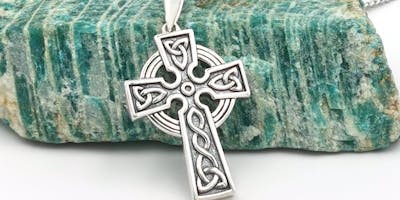



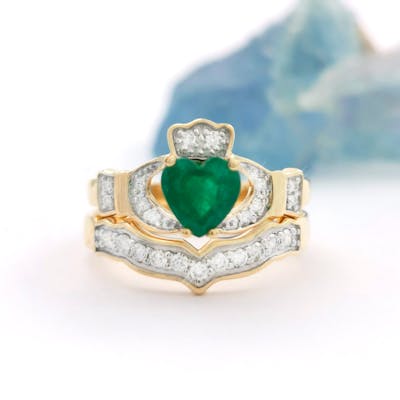

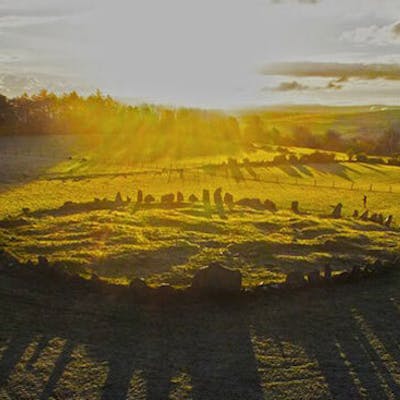
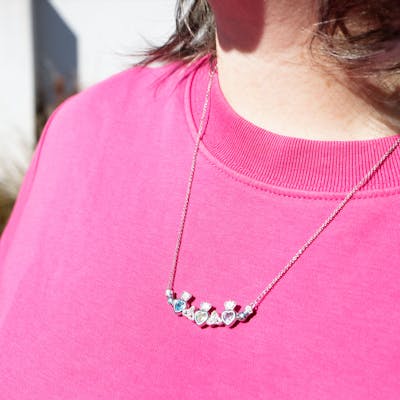


 Ask Gemma
Ask Gemma